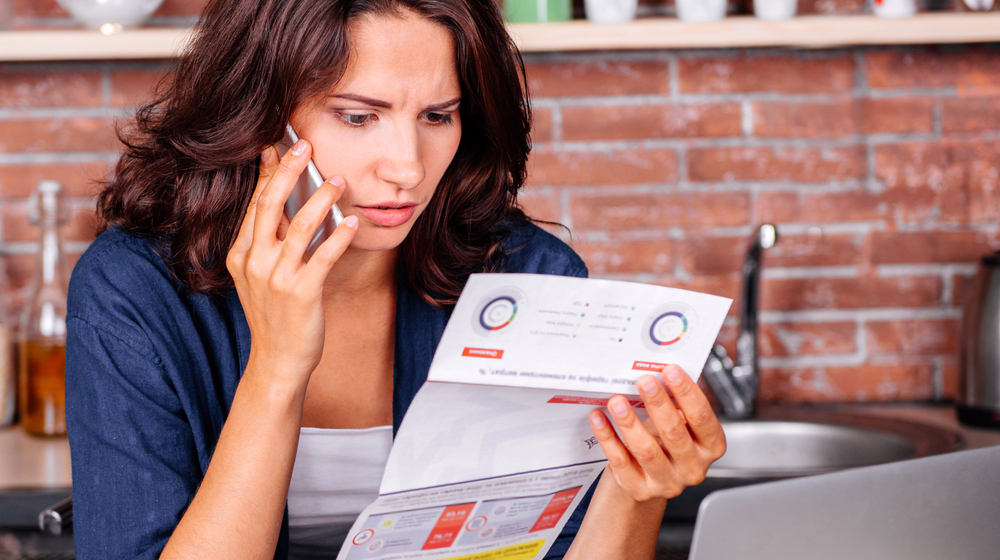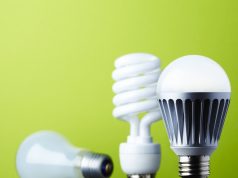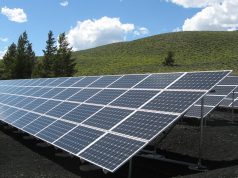Energy bills have been a serious topic of conversation in domestic households and business premises alike this year, as they remain highly inflated above their 2024 average value. Businesses were hardest-hit by the hike in the price of natural gas, unprotected as they were by the Ofgem price cap.
Today is a slightly different story, but businesses are nonetheless struggling – and with more rises on the way, it is all the more crucial for businesses to find ways to reduce their energy consumption. As a business owner, what are some of the key ways in which you can do so?
Get an Energy Audit
An energy audit will help you identify areas where your business is using more energy than necessary and provide recommendations for ways to reduce energy consumption.
There are a few different ways to go about getting an energy audit. You can hire an energy consultant to come in and assess your business’s energy use, or you can use a do-it-yourself-energy audit checklist. Whichever route you choose, make sure to get a comprehensive overview of your business’s energy use so you can make informed decisions about how to reduce it. If you want to see how much you can save on your current energy consumption, you can check out duke energy rates per kwh 2022 here.
Invest in Energy-Efficient Equipment
While investing in new equipment might seem counter-intuitive with regard to reducing your overall energy expenditure, the up-front cost can in fact be completely offset in the medium to long term. Newer appliances and devices are already more energy-efficient than their predecessors, so any new investment in office equipment such as computer monitors will yield positive results.
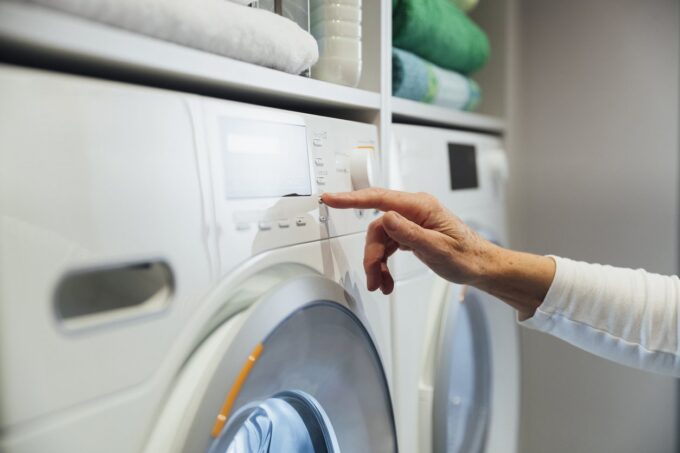
However, some deeper research into the most eco-friendly products on the market can help you refine your purchasing to more impactful places. Your office fridge might be older, and particularly wasteful in energy usage; replacing it with a brand-new fridge might do more for your office’s energy usage than replacing the shredder with a new model.
Insulation
As with domestic residences, the biggest energy liability to your business could well be your heating system – and inefficient heat loss. Properly insulating your office building can have dramatic results for the efficiency of your heating, keeping the office warmer for longer.
The most impactful way to achieve this is most likely through properly insulating the roof of your office; many offices have glass walls, making cavity wall insulation impossible. Roof insulation prevents the loss of heat through convection, and creates a ‘cushion’ of heat in your office space – partially offsetting the impacts of heat transfer via walls and windows.
Infrastructure
Speaking of your office’s heating systems, the systems themselves could be long overdue an overhaul. Older office buildings still rely on industrial gas boiler systems, which are wildly inefficient in comparison to modern solutions. Air pumps, whether air-source or ground-source, are a solid alternative that run from electricity instead of gas, and use less energy to boot – doubly reducing your energy costs.
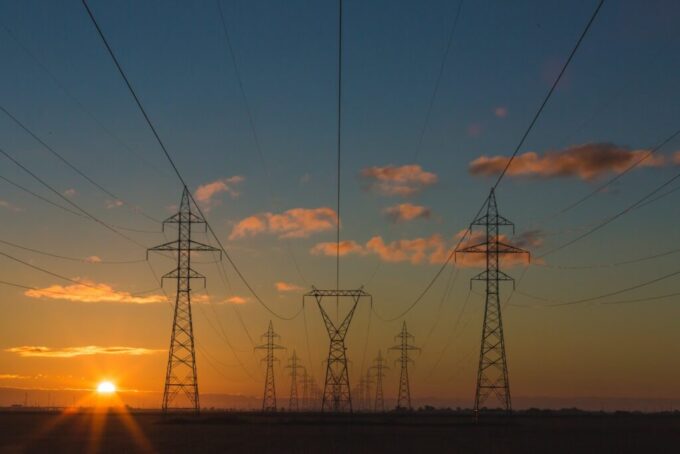
Not only this, but heat pumps are eligible for government subsidy through the non-domestic Renewable Heat Incentive. This enables smaller businesses to offset the not-inconsiderable costs of investing in efficient heating solutions, and more immediately enjoy the benefits of lower energy expenditure.
Implement an Energy Management System
An Energy Management System (EMS) is a tool used by businesses and organizations to save money on energy costs. By monitoring and managing energy use, an EMS can help reduce energy consumption and lower energy bills. An EMS can also help a business or organization meet its energy goals by providing data and insights that can be used to make informed decisions about energy use.
Implementing an EMS can be a complex process, but there are a few basic steps that should be followed. First, identify the goal or goals of the EMS. This will help determine what type of system is needed and what features it should have. Next, select a system that meets the needs of the business or organization. There are many different types of EMS systems available, so it is important to choose one that is right for the specific needs of the company or institution.
Once a system has been selected, it must be installed and configured. This process can vary depending on the system chosen, but typically involves connecting sensors and devices to the EMS so that it can collect data about energy use. After installation, theEMS should be tested to ensure that it is working properly. Finally, once the system is up and running, it should be monitored regularly to ensure continued efficiency and effectiveness.
Renewable Energy
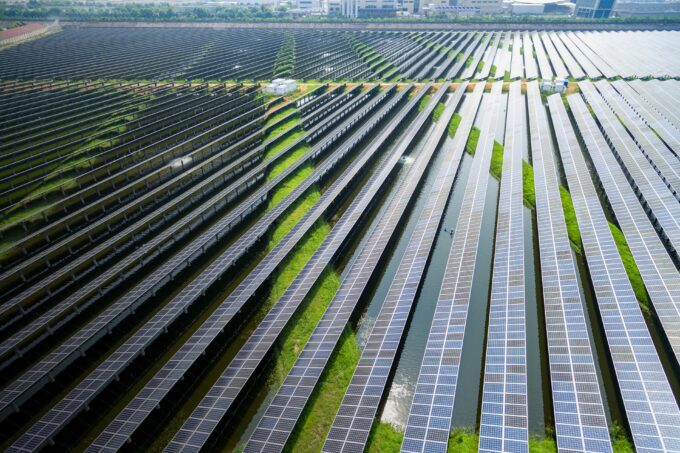
There are many benefits to using renewable energy for small businesses. Not only is it good for the environment, but it can also save you money on your energy bills. Renewable energy is a great way to reduce your carbon footprint and help make the world a better place.
Solar power is one of the most popular choices for small businesses, as it is relatively easy to install and maintain. Solar panels can be placed on the roof of your company or in a sunny spot in your yard, and they will capture energy from the sun and convert it into electricity. Wind power is another great option for small businesses, and can be generated by installing wind turbines on your property. Hydro power is one more option. If you have a river near or stream on your property, you can install a hydroelectric generator to generate electricity from the water flowing past.
Renewable energy is a great way to save money on your energy bills and do your part to help the environment. There are many different types of renewable energy sources available, so find one that works best for your business and start saving today!
Habits
Lastly, it is important to recognise the impact of employee habits on the size of your energy bills. Simple mistakes, such as forgetting to turn off the heating over the weekend or leaving computers on standby overnight, can add up and contribute to an inflated rate of energy consumption.
In concert with HR, you could effect a company-wide missive to encourage energy-efficient behaviours. A gentle reminder to switch devices off before leaving is a good start, but incentive-based efficiency programmes can bring more employees actively on-board.

By taking these measures, you can significantly reduce your energy costs and help to preserve our planet’s resources.


